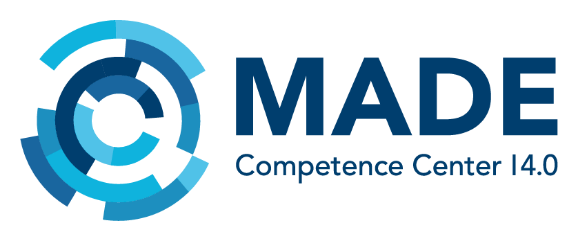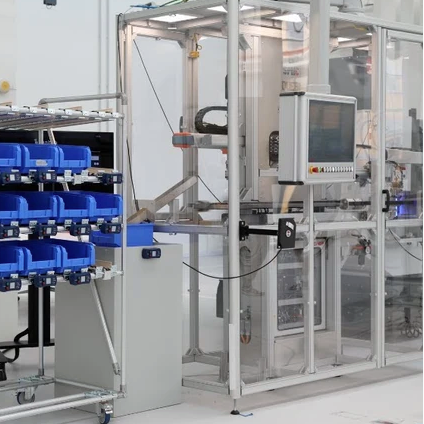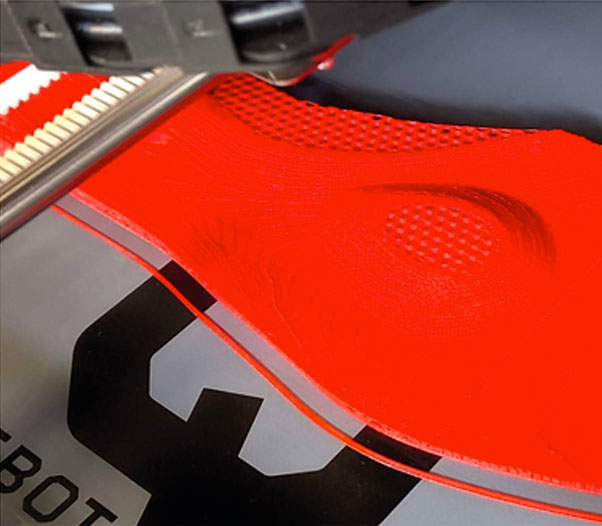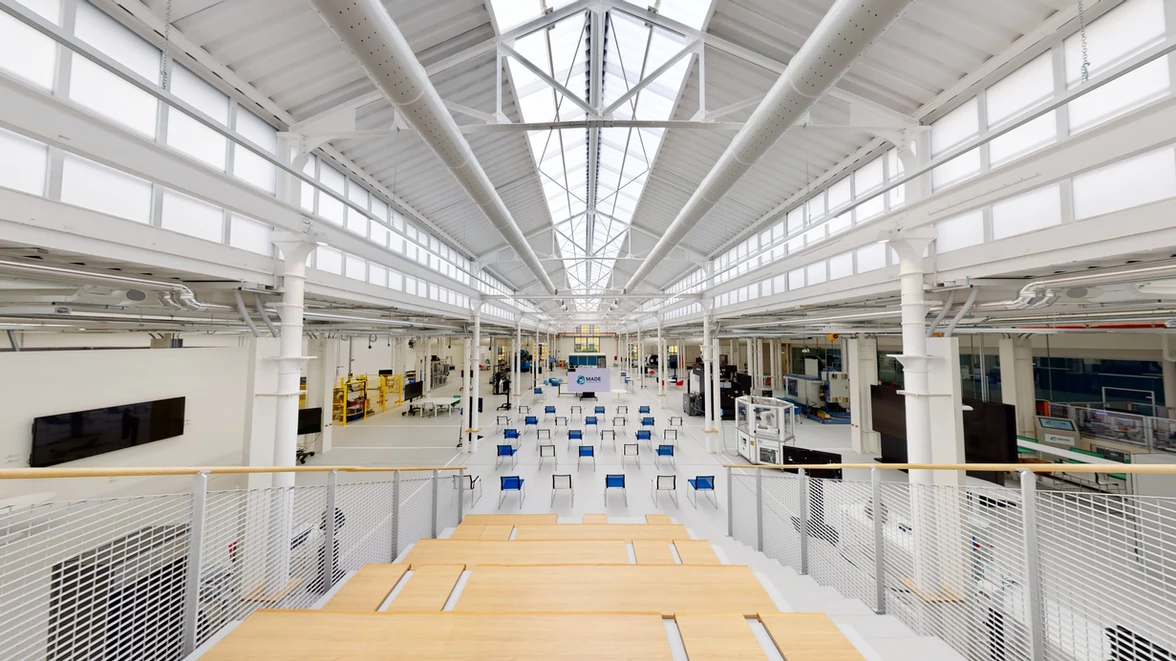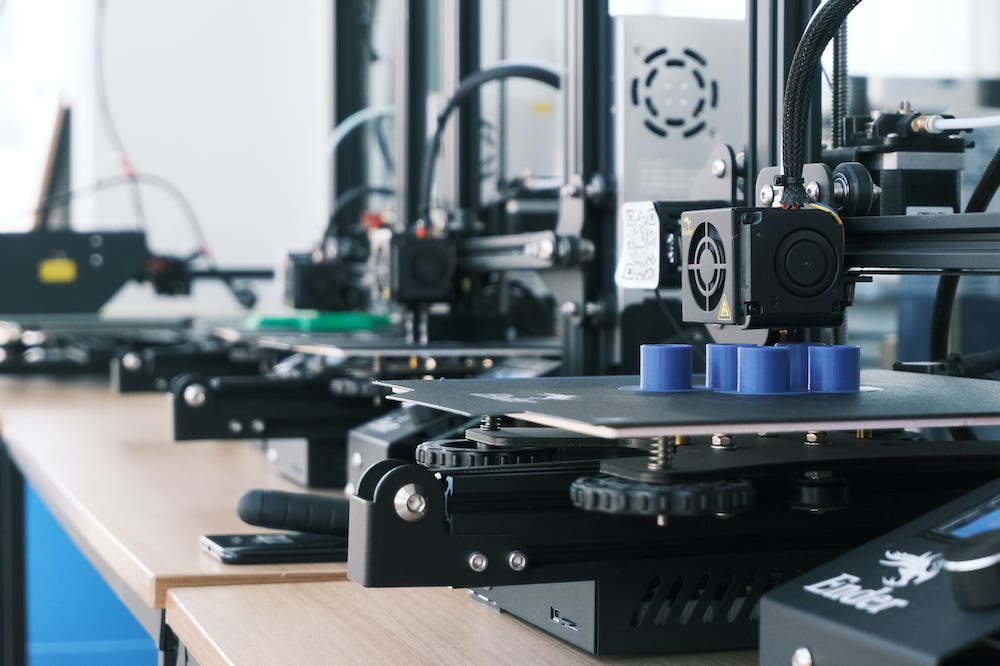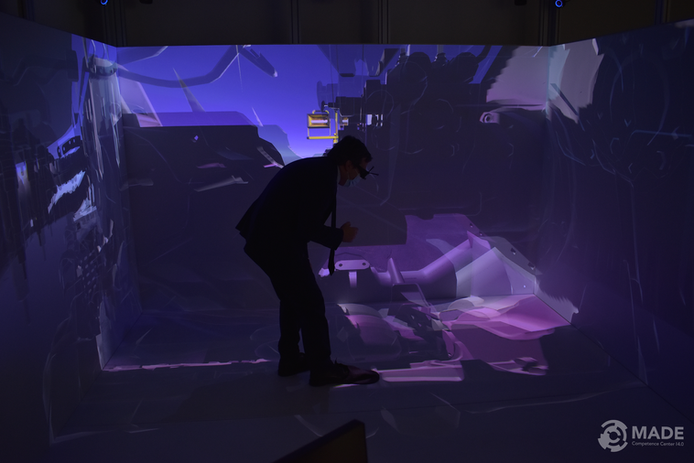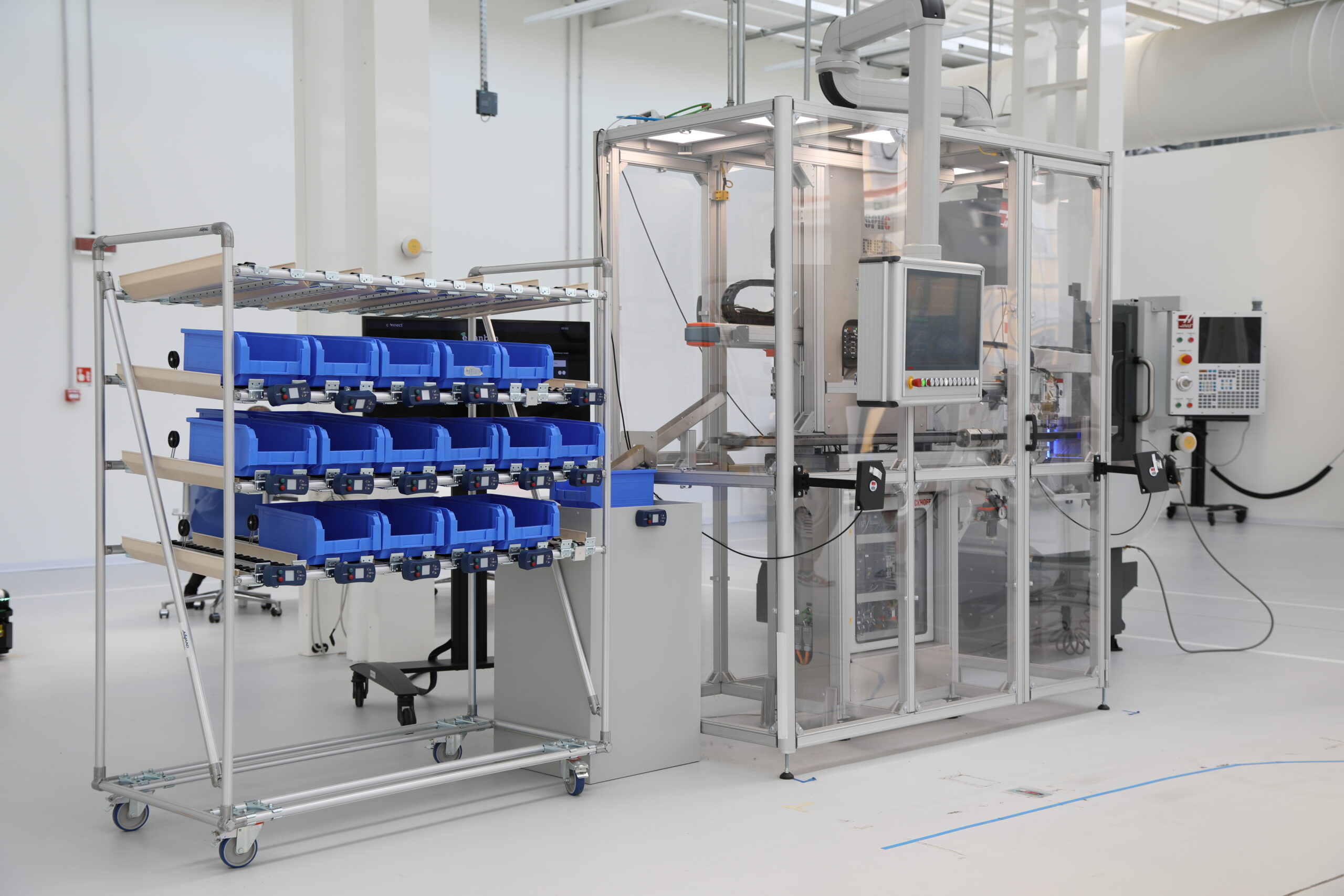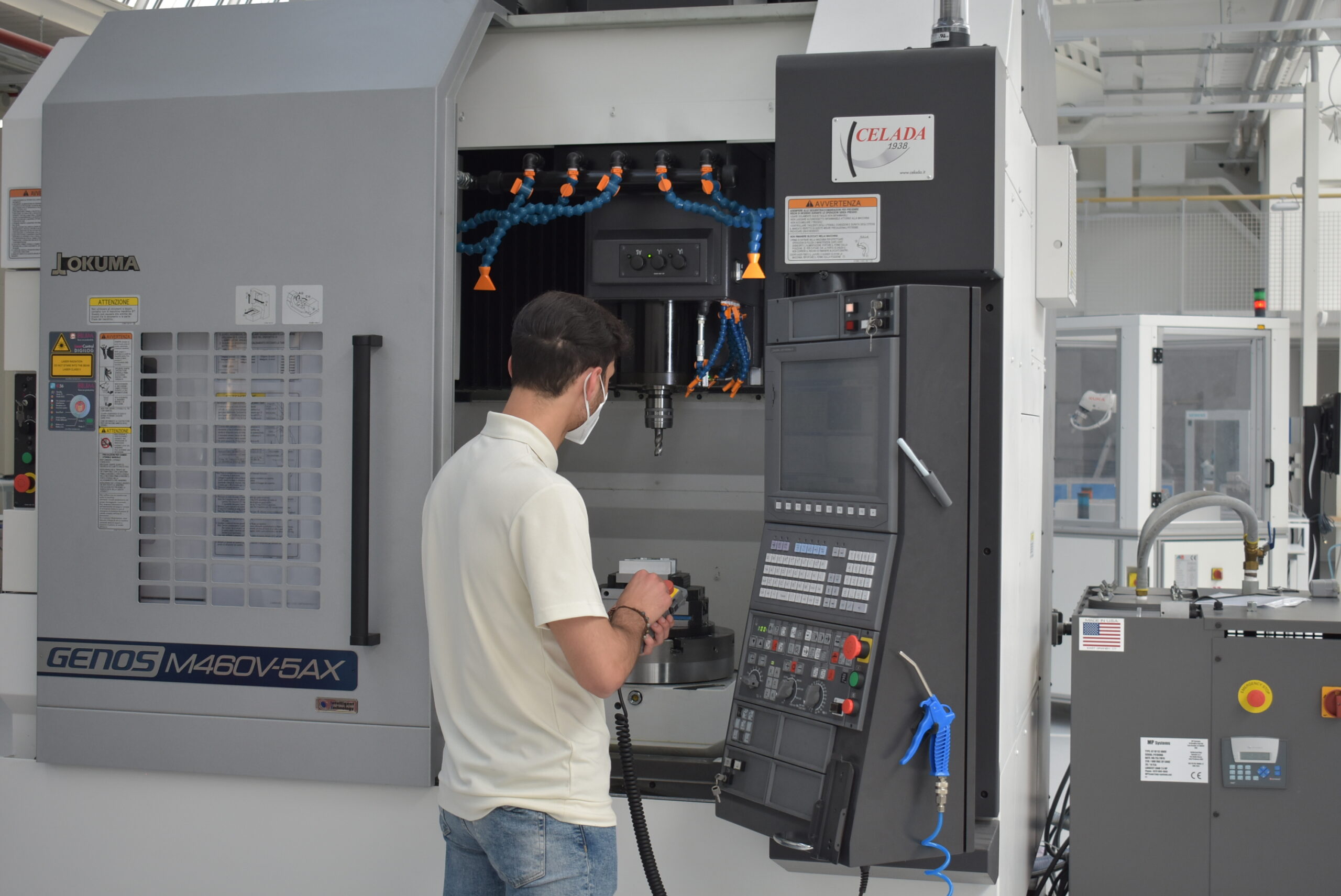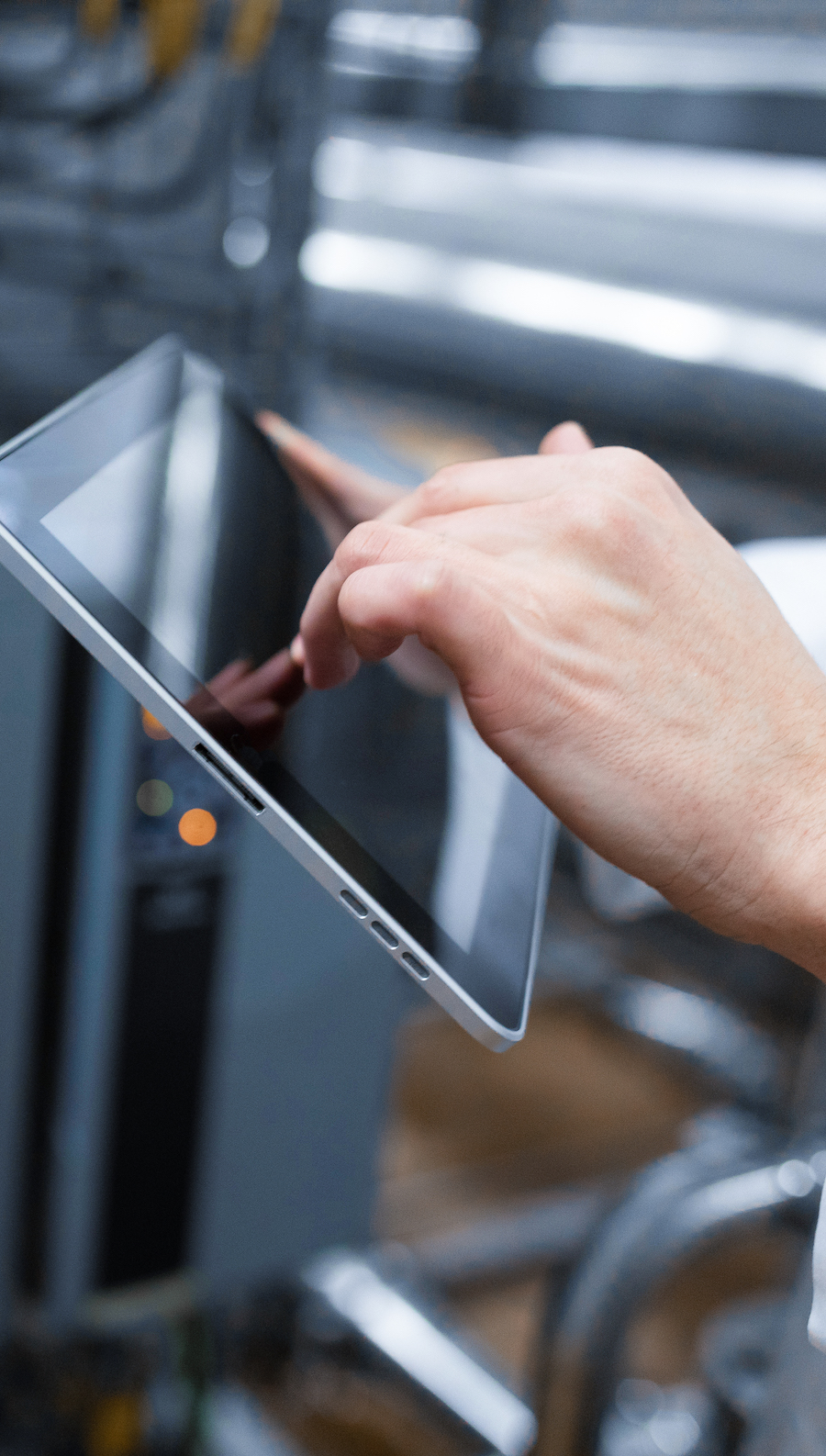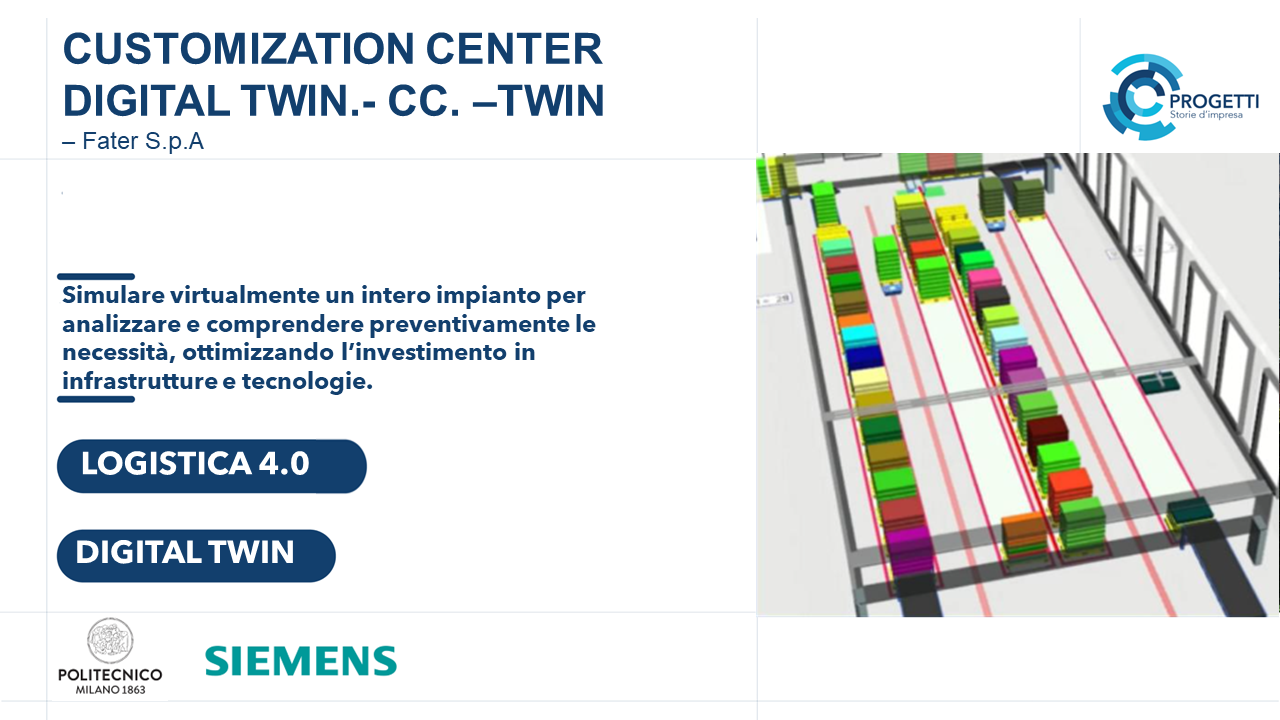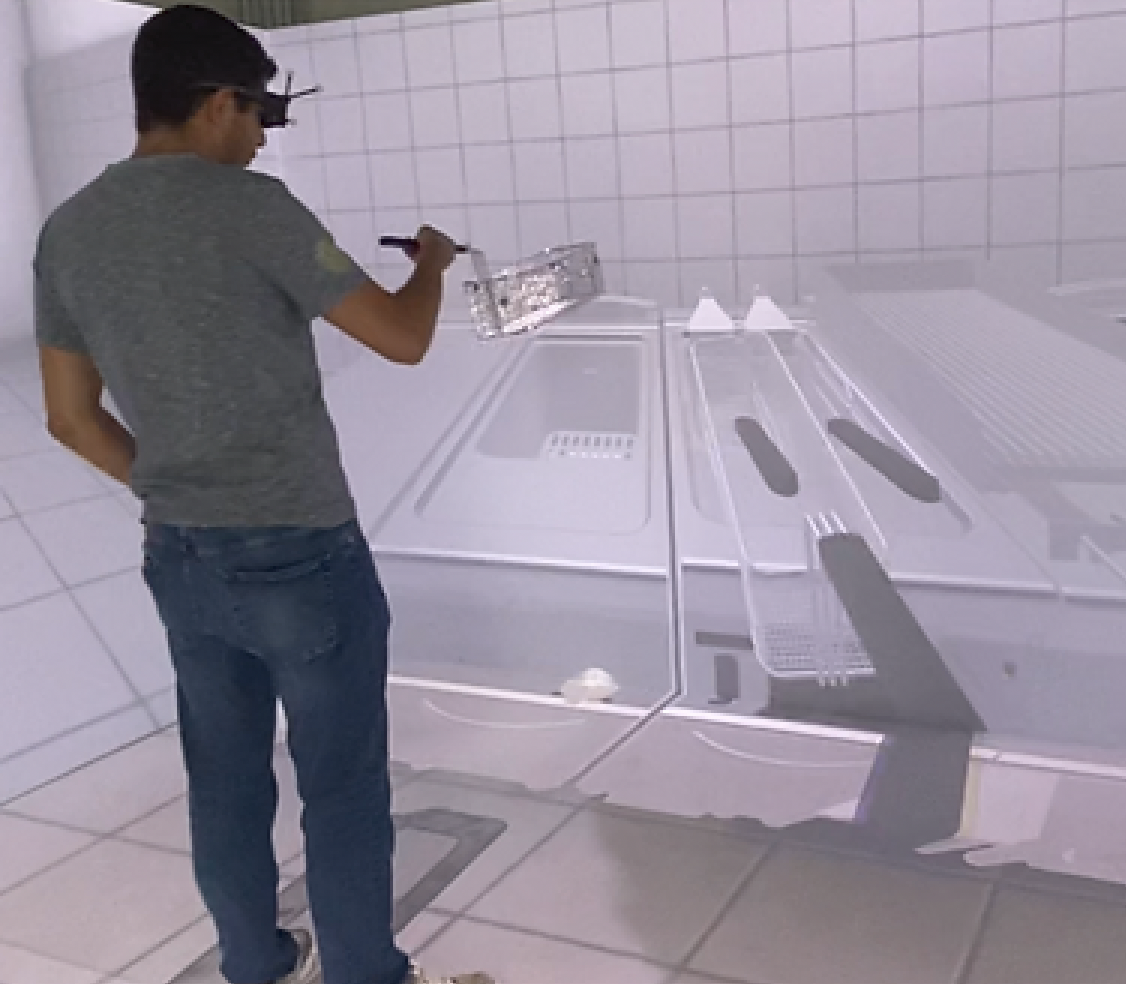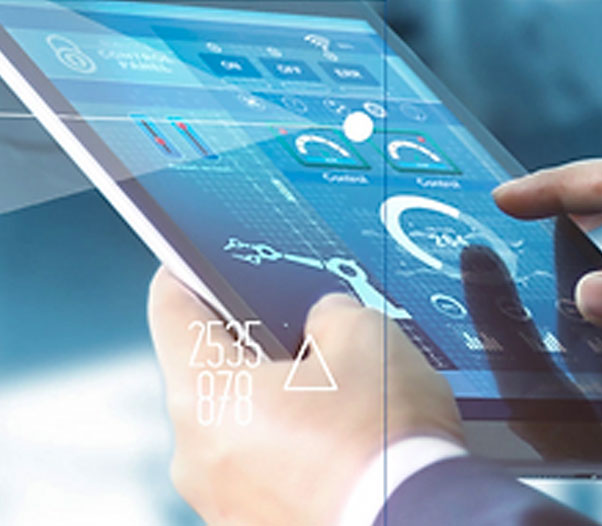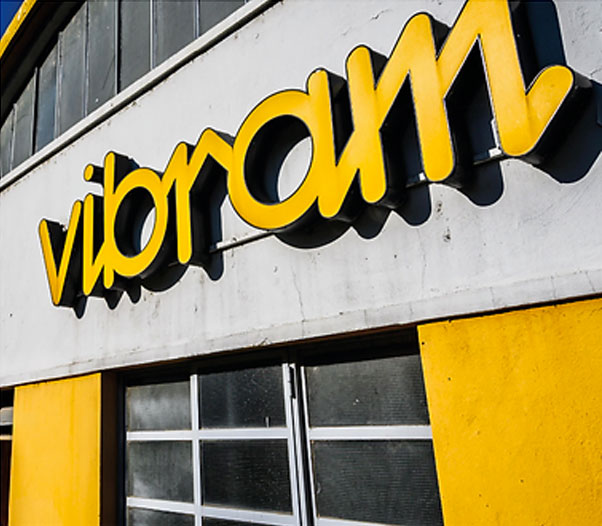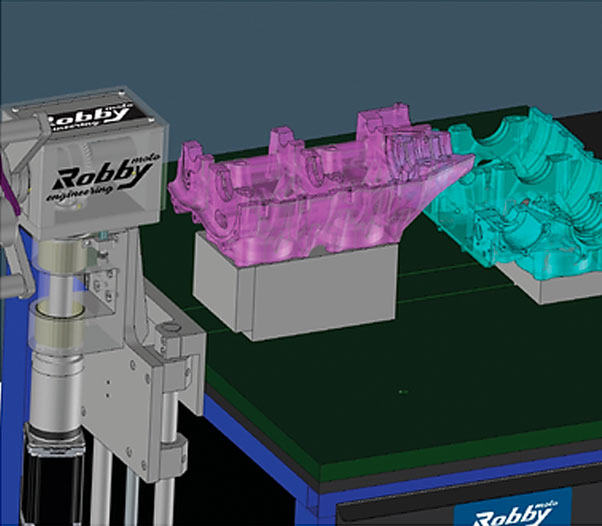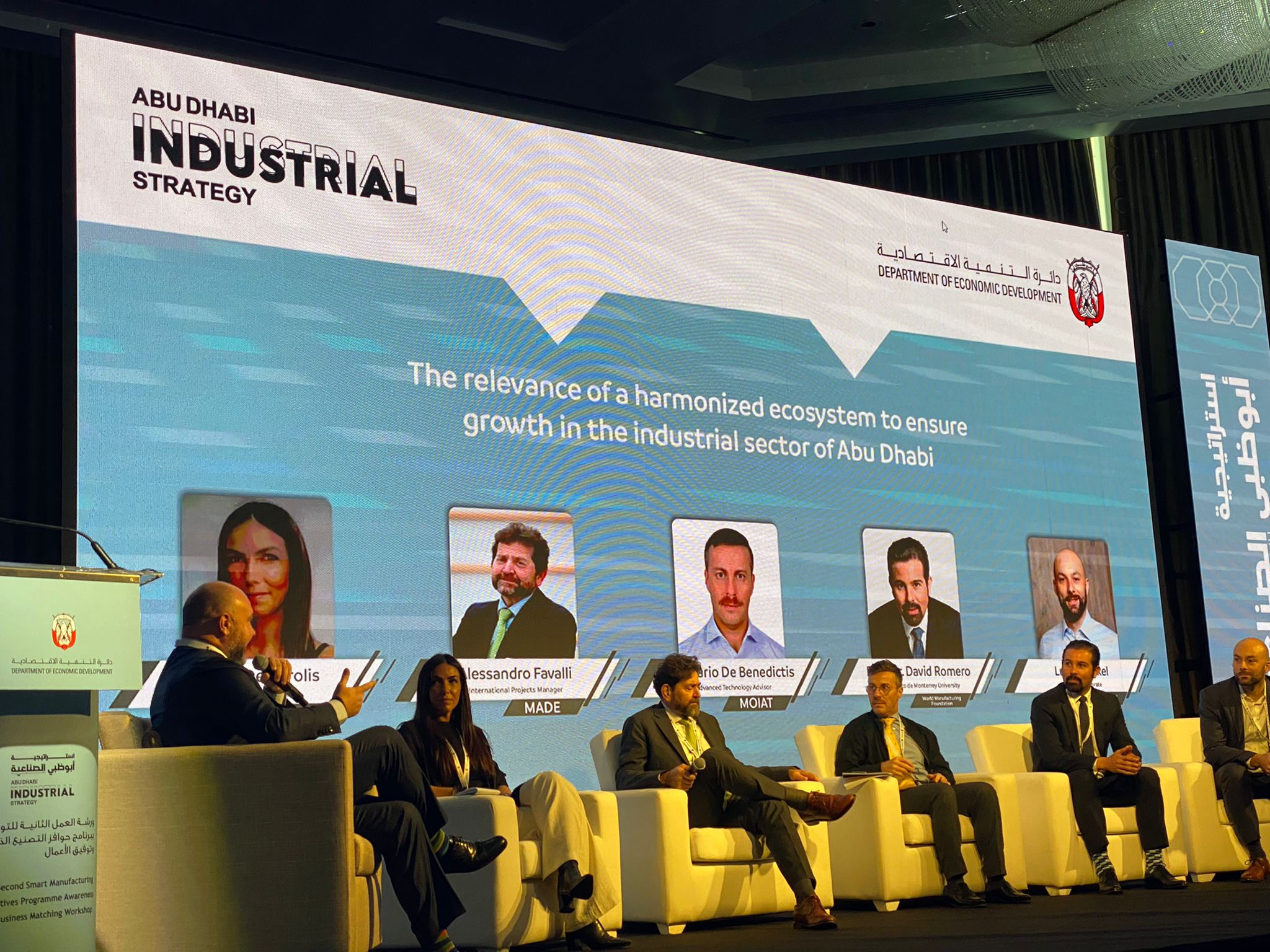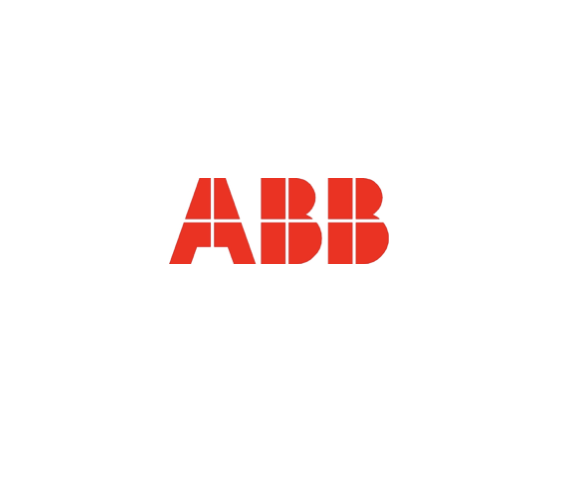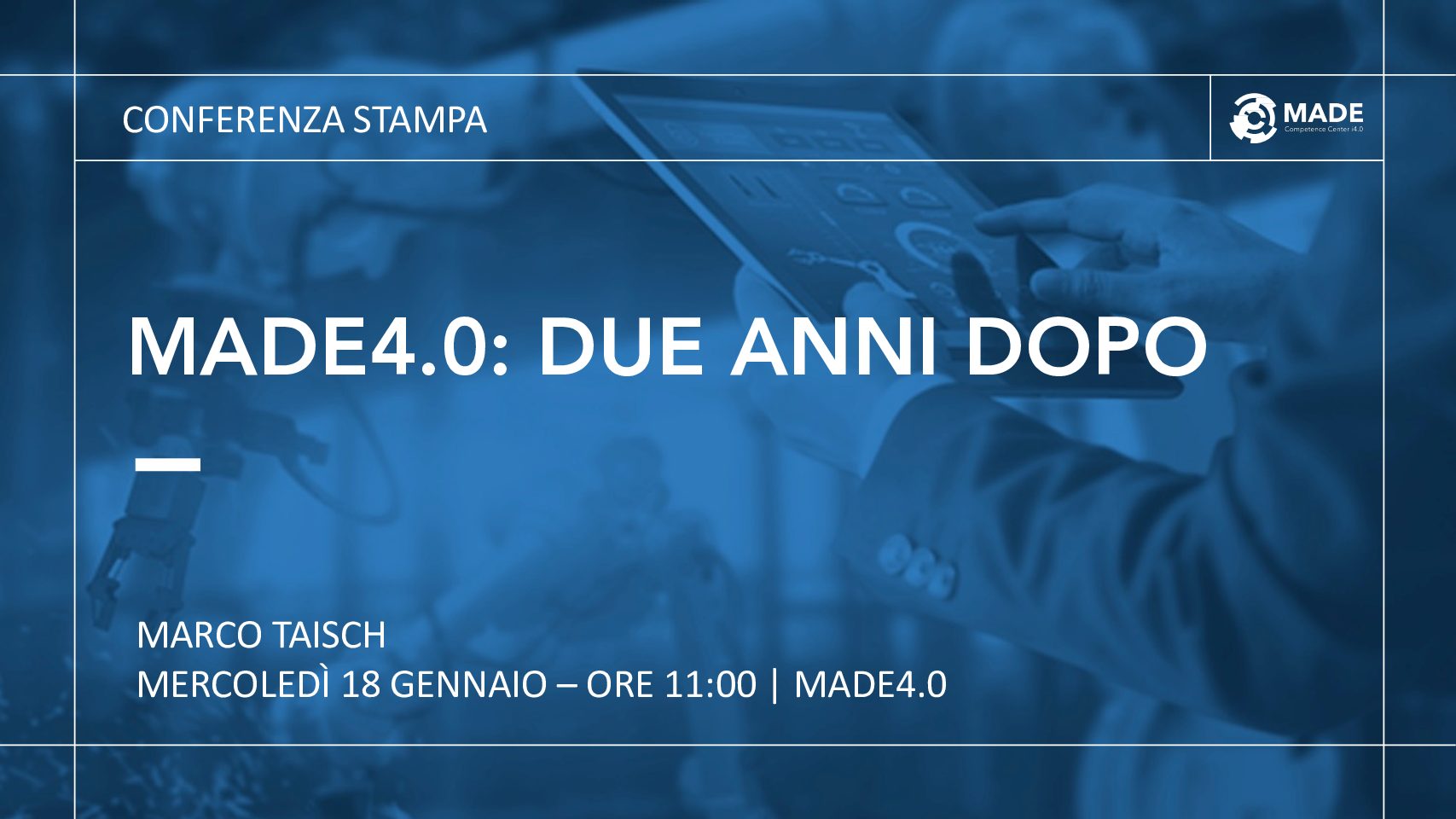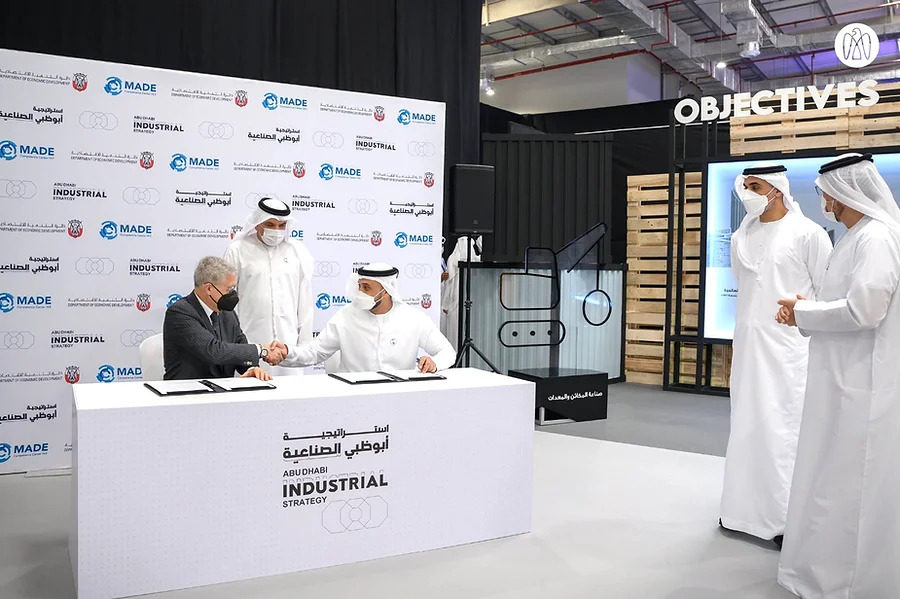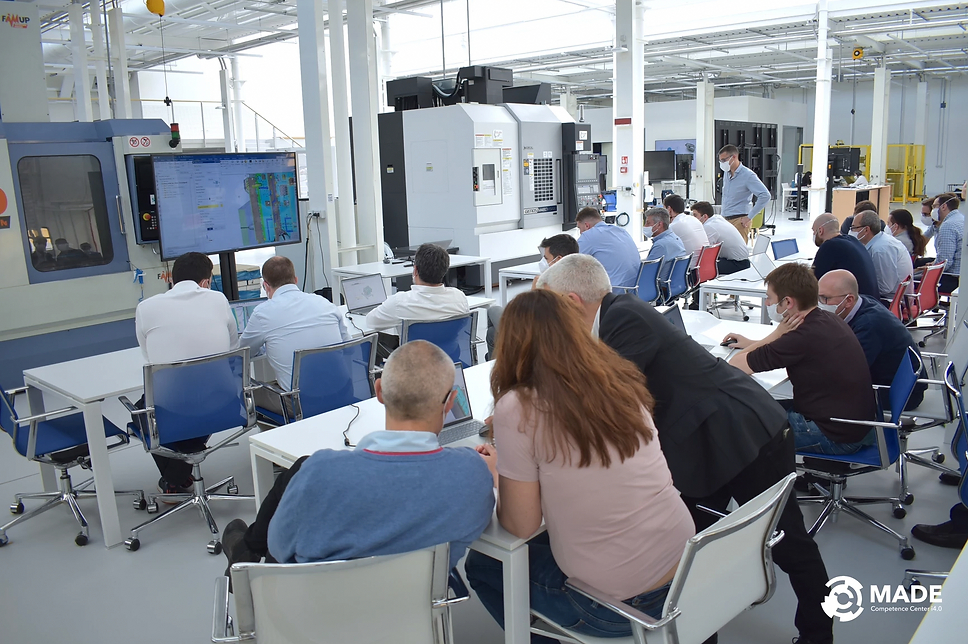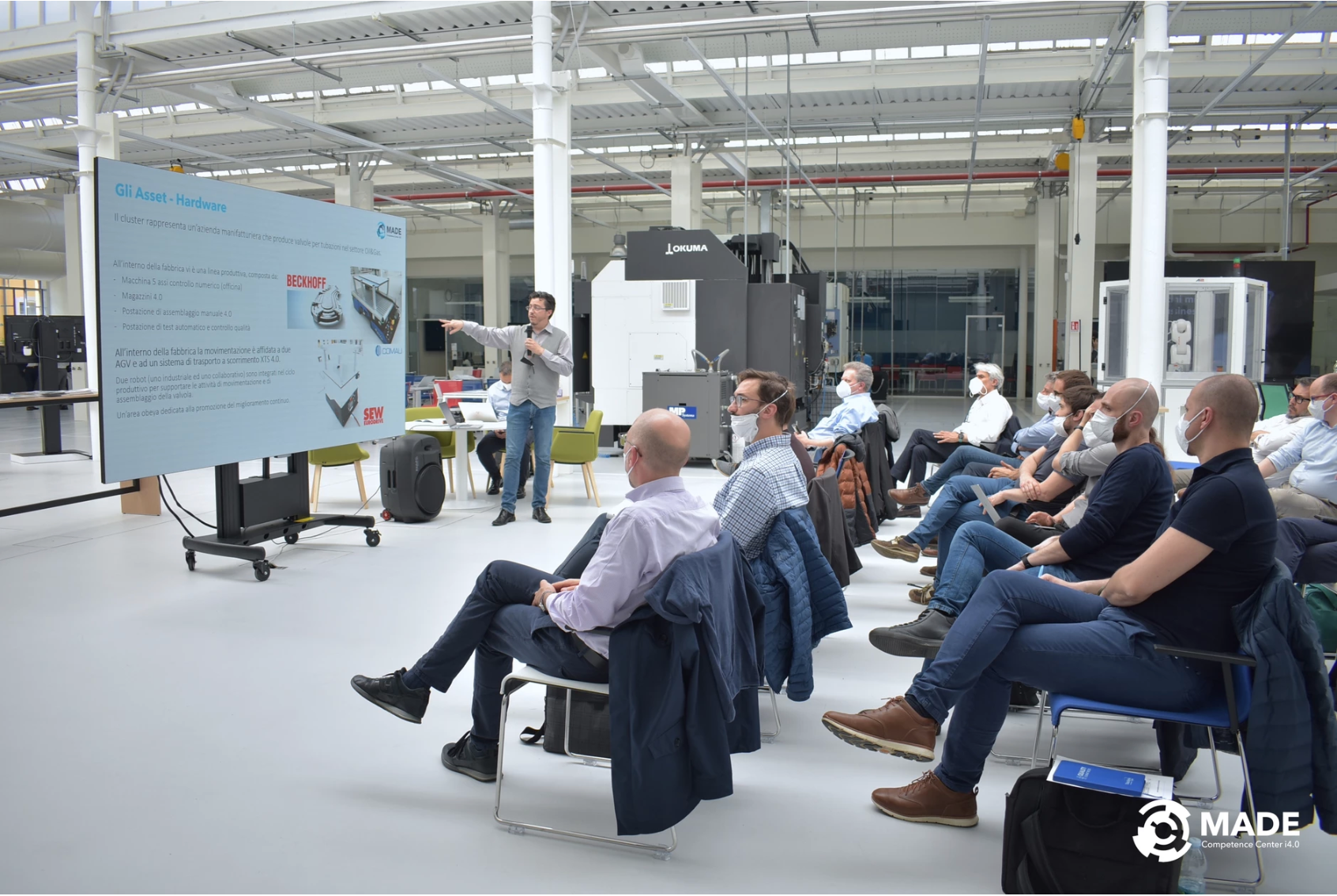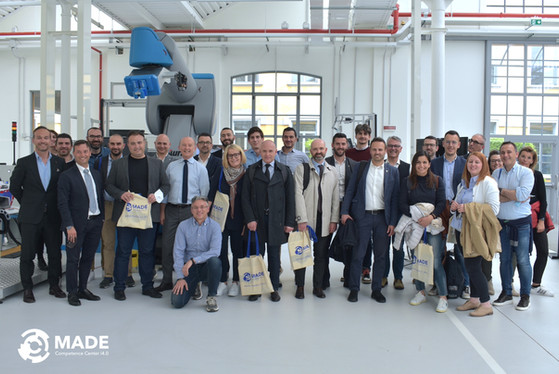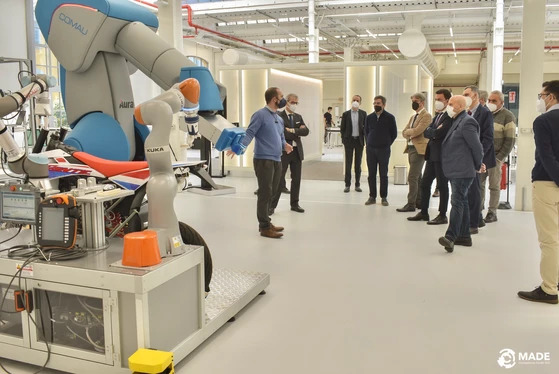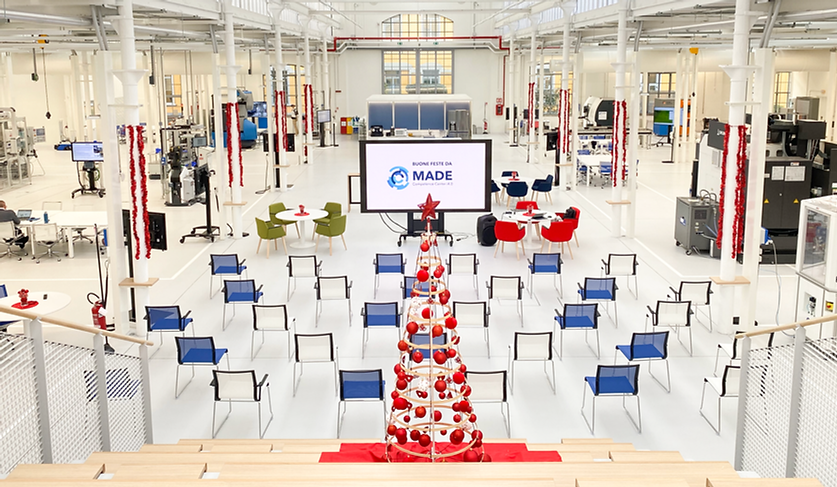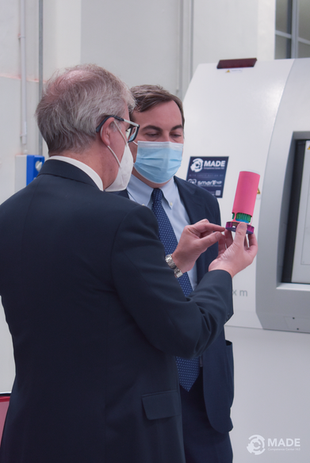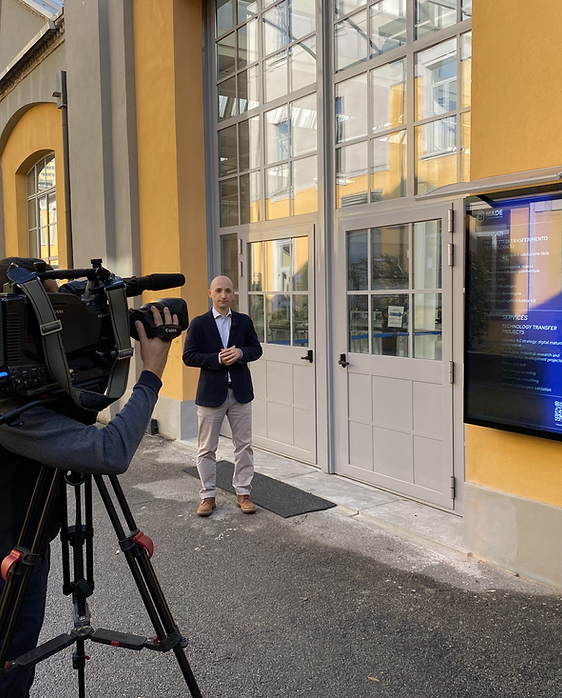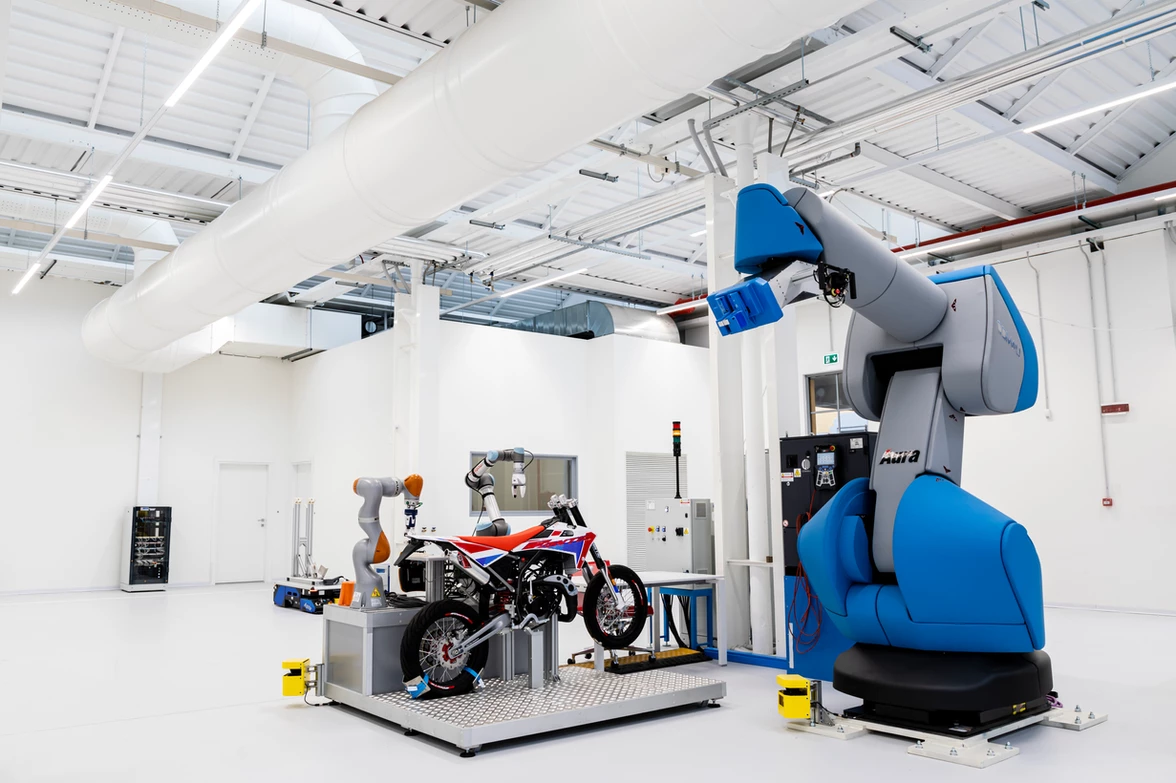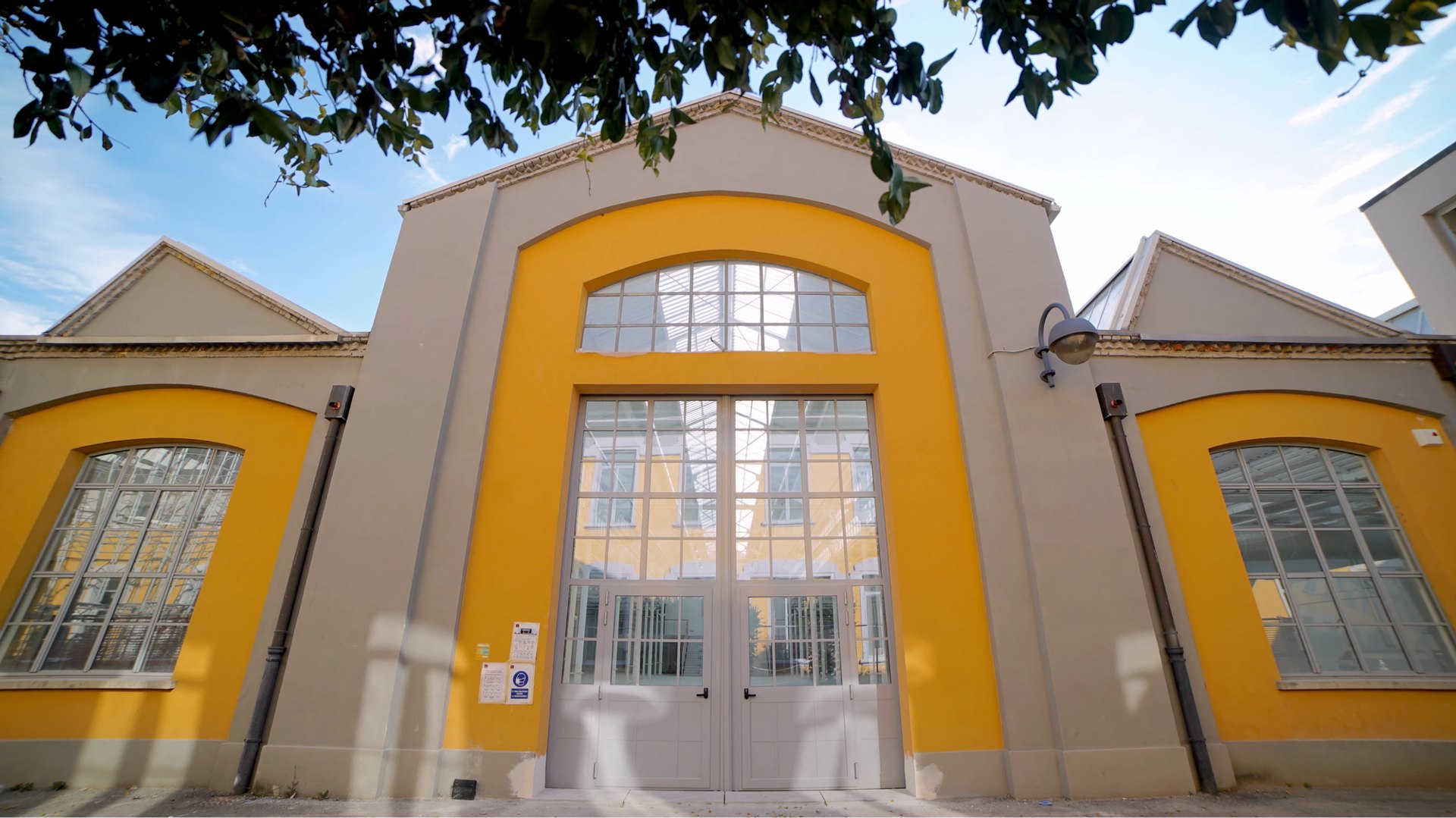Digital Twin and Virtual Commissioning
The Digital Twin is the virtual representation of a physical asset. For example, the digital twin of a machine tool is a virtual model of the same machine replicating the functionality and physicality of the asset and simulating its interaction with the reference context.
It makes possible to thoroughly analyze production process and product characteristics, prevent design errors, and predict final performance. At the same time, it becomes an enabling technology for new ways of analysis and business models.
The potential of the Digital Twin is distributed at various levels of the factory, from a holistic view to point views of the individual workstation:
- The use of the Digital Twin at the operations system level: the Digital Twin is used to predict the performance of the factory seen as a complex system of interaction of multiple assets. The digital twin supports cost and performance analysis, planning and control, bottleneck assessment, investment evaluations
- The use of the digital twin at the machine level (virtual commissioning): thanks to the digital twin machine, design errors can be prevented without having to test in the field. The digital twin of the machine integrates automation and mechanics, for higher start-up quality.
- The use of the digital twin at the manual workstation level: the digital twin replicates the working conditions of the manual workstation and simulates the activities performed by the operator. In this way it can calculate compliance with safety and ergonomic parameters, as well as find the task and workstation configuration that optimizes effort and productivity.
